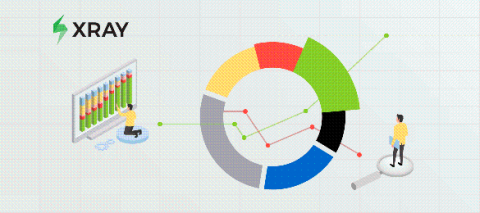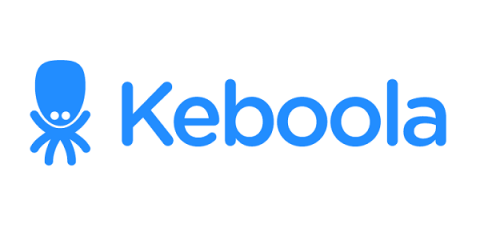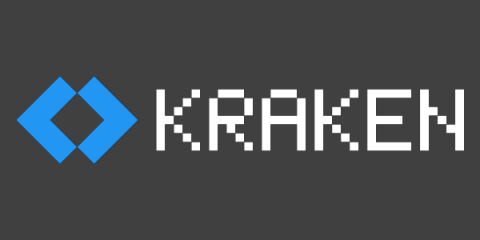Systems | Development | Analytics | API | Testing
%term
How to approach quality reporting for QA Managers
“Quality is “value to some person” (quoting Jerry Weinberg) and as such is highly subjective. Because of that, there is rarely a set of metrics that can be used as a recipe for most cases; which in turn makes indicators of readiness to deploy, data to be collected, etc.
How to Create a JavaScript Library. 7 Tips to Create a Library That Every Developer Loves Using
Have you ever found yourself copy-pasting the same bits of JavaScript code between different projects? Well, when this situation happens two or three times in a row, it’s usually a good indicator that you have a piece of code that is useful and reusable. So, if you are already reusing your code across several different projects, why not go the extra mile and convert it into a library that allows you to optimize this code-sharing?
Enabling high-speed Spark direct reader for Apache Hive ACID tables
Apache Hive supports transactional tables which provide ACID guarantees. There has been a significant amount of work that has gone into hive to make these transactional tables highly performant. Apache Spark provides some capabilities to access hive external tables but it cannot access hive managed tables. To access hive managed tables from spark Hive Warehouse Connector needs to be used.
Data Modeling in a Post-COVID-19 World
As a result of the COVID-19 pandemic, organizations around the world have had to transform overnight. Businesses that had been delaying digital transformation, or that hadn’t been thinking about it at all, have suddenly realized that moving their data analytics to the cloud is the key to coping with and surviving the COVID-19 disruption. The next phase is about rebounding and thriving in a post-COVID-19 world.
What is data modeling and how can you model data for higher analytical outputs?
Being data-driven helps businesses to cut costs and produce higher returns on investments, increasing their financial viability in the fight for a piece of the market pie. But *becoming* data-driven is a more labor-intensive process. In the same way that companies must align themselves around business objectives, data professionals must align their data around data models. In other words: if you want to run a successful data-driven operation, you need to model your data first.
Kraken 3.0: What's New?
This third version of Kraken represents one more step towards a load testing solution suitable to teams and enterprises. Kraken can already be installed on your own Kubernetes cluster thanks to Helm charts: You own all data and can handle the security inhouse. But until now it was lacking users management, making it cumbersome to use it for a team of performance testers. This point is now addressed in the version 3.0 thanks to Keycloak.
How Continuous Testing Supercharges Your Automation Testing
Continuous Testing is the testing strategy to fast-track the testing required for achieving rapid software development using Agile and DevOps methodologies.











